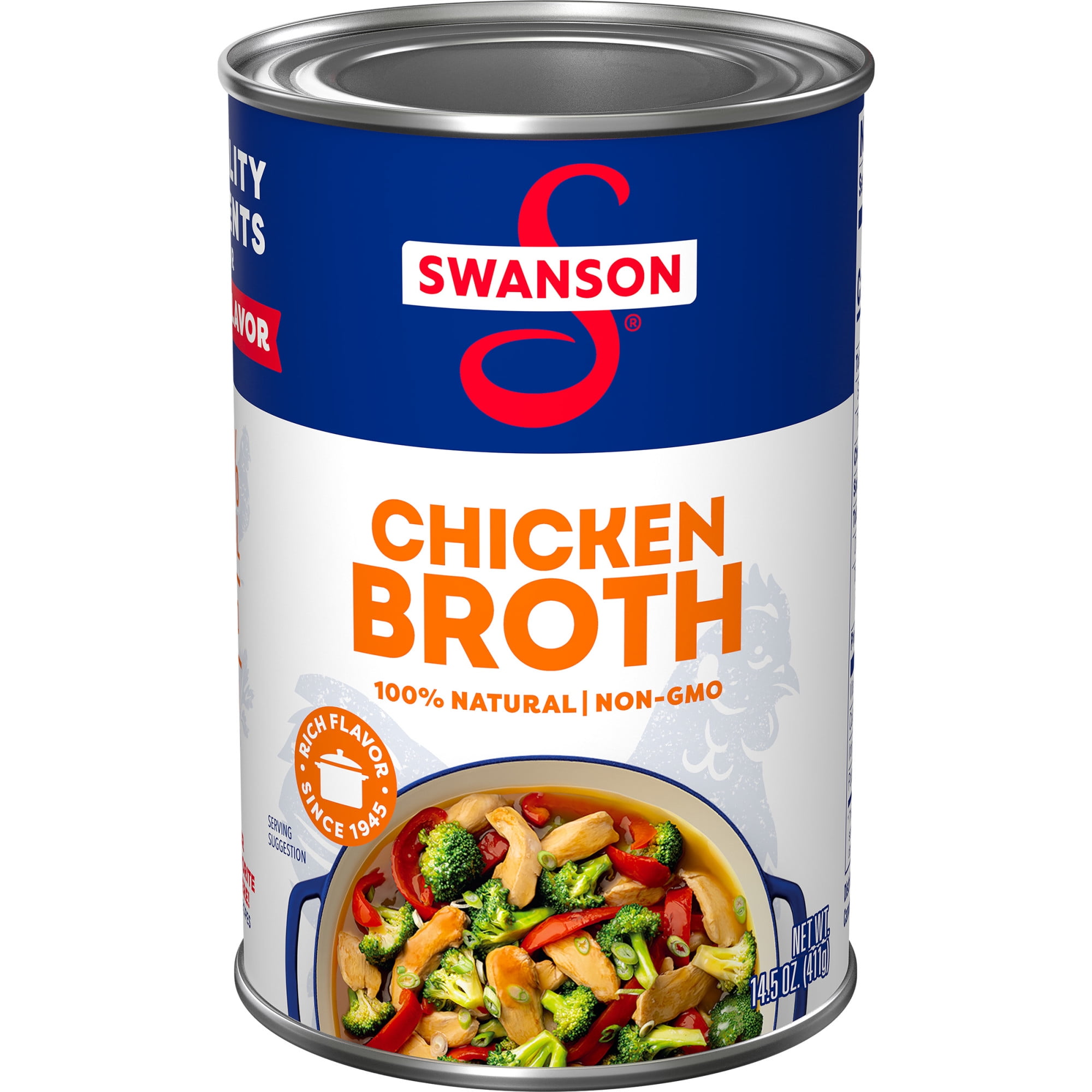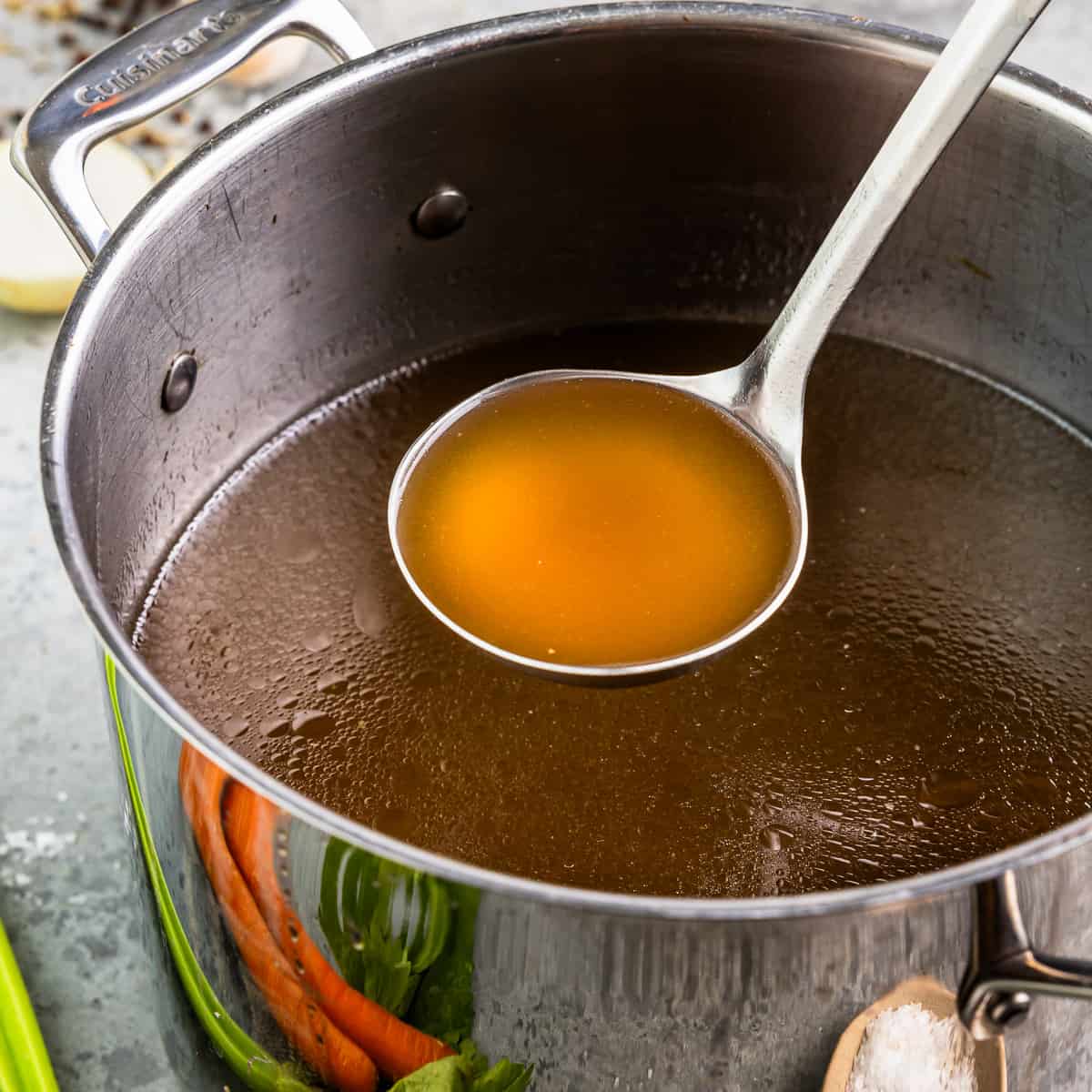Top Chef Tips for Getting the Most Out of Chicken Broth in Your Recipes
Top Chef Tips for Getting the Most Out of Chicken Broth in Your Recipes
Blog Article
The Ultimate Guide to Taking Pleasure In and making Organic Bone Broths at Home
Bone broth has acquired attention for its numerous health benefits and cooking adaptability. Crafting natural bone broth at home permits individuals to manage the high quality of active ingredients, making sure a nutritious end result. Recognizing the option of bones, important flavor components, and appropriate cooking techniques is essential. As the procedure unravels, one may wonder how to raise their brew beyond the fundamentals and incorporate it right into everyday dishes for boosted flavor and nourishment.
Recognizing the Health Conveniences of Bone Broth
Although bone broth has actually been a staple in numerous foods for centuries, its health and wellness benefits have acquired significant focus in recent times. Rich in collagen, amino acids, and minerals, bone brew is often proclaimed for its possible to support joint wellness, boost intestine feature, and enhance skin elasticity. The gelatin originated from prepared bones may help digestion and help secure the digestive tract lining, potentially easing concerns like leaking digestive tract syndrome.Furthermore, the existence of nutrients such as glucosamine and chondroitin may add to lowered swelling and pain relief in joints. In addition, bone brew is hydrating and can function as a nourishing base for soups and stews. Many advocates likewise declare that it improves the immune system, many thanks to its mineral account. On the whole, the revival of passion in bone broth is connected to its perceived ability to advertise total health and support various physical functions.
Selecting the Right Bones for Maximum Flavor and Nourishment
What factors should one think about when picking bones for brew prep work? The sort of bones made use of greatly influences both flavor and nutritional value. It is crucial to select bones that include a mix of marrow bones, joint bones, and weighty bones. Marrow bones give rich tastes and healthy and balanced fats, while joint bones add collagen, enhancing the brew's dietary profile.Additionally, sourcing bones from pasture-raised or grass-fed animals assurances better and more nutrients, as these pets are typically healthier. The freshness of the bones is also important; choosing bones from local butchers or farmers' markets can guarantee optimal taste. Bone size matters as well; bigger bones release more gelatin, leading to a richer brew. Thinking about the type of animal-- poultry, fish, or beef-- can affect the final preference, allowing for versatile broth choices tailored to individual choices.
Crucial Components for a Savory Bone Brew

Quality Bone Choice
The foundation of a savory bone brew depends on the cautious selection of top notch bones. Sourcing natural, grass-fed or pasture-raised bones is important, as these alternatives are more probable to be without harmful additives and supply remarkable nutrients. Varieties such as chicken, beef, or lamb bones each pass on distinctive tastes and health and wellness benefits. Bone kinds, consisting of marrow bones, knuckle bones, and oxtails, contribute jelly and collagen, enhancing the broth's appearance. Selecting bones with a mix of meat and connective cells can additionally add splendor and depth. Furthermore, selecting bones with noticeable marrow ensures a nutrient-dense brew, boosting the overall top quality. Ultimately, spending time in top quality bone selection prepares for a scrumptious and nourishing broth.
Aromatic Taste Boosters
Selecting high-grade bones establishes the phase for a nutritious and abundant bone brew, yet it is the enhancement of aromatic taste enhancers that absolutely raises the meal. Components such as onions, garlic, and carrots not only present sweetness but also add deepness to the brew. Fresh natural herbs like thyme, parsley, and bay leaves add an aromatic note, while seasonings such as black peppercorns and cloves introduce heat and complexity. Additionally, including a sprinkle of apple cider vinegar can assist essence minerals from the bones, improving the broth. These flavor enhancers develop a harmonious mix, changing a basic brew right into a full-flavored structure for sauces, soups, or stews, making it a flexible component in any type of culinary arsenal.
Step-by-Step Guide to Making Bone Brew in the house
Creating bone broth in the house can be a gratifying culinary undertaking that boosts both taste and nutrition in numerous dishes. To begin, one must choose high-grade bones, ideally from organic or grass-fed sources. Roasting the bones at 400 ° F for regarding half an hour can escalate the flavor. Next off, move the roasted bones to a big pot or slow-moving stove and cover them with cold water. Adding a dash of vinegar helps extract minerals from the bones.Include aromatic vegetables like onions, carrots, and celery for included depth, along with herbs and flavors as wanted. Bring the mix to a boil, after that lower to a simmer. It is vital to allow the brew simmer for a minimum of 12 hours, however longer is more effective for maximum splendor. Stress the brew via a fine-mesh screen and store it in closed containers, ready to raise meals with its nutritious significance.
Tips for Refining Your Bone Broth Simmer
While simmering bone brew, maintaining the appropriate temperature and timing is important for attaining a delicious and abundant result. A gentle simmer, preferably in between 190 ° F and 210 ° F, aids extract maximum nutrients and flavors without steaming, which can make the broth cloudy. It is advisable to monitor the pot very closely, changing the warm as essential to keep this simmer.Timing is also vital; a longer simmer, commonly ranging from 12 to 2 days, enables much deeper taste removal and collagen release. For chicken bones, a 12 to 24-hour simmer is adequate, while beef bones profit from longer food preparation times.Additionally, skimming any kind of foam or contaminations that rise to the surface area during the initial few hours can improve the broth's clearness and taste. Ultimately, guaranteeing the pot is covered during simmering assists to keep wetness and increase the flavors, making for a more satisfying final result.
Creative Ways to Make Use Of Bone Broth in Your Food preparation
Incorporating bone brew into different meals boosts both taste and nutritional value. Chefs and home cooks alike locate that using bone broth as a base for soups and stews boosts depth and richness, changing basic dishes into hearty meals. It can additionally be used in risottos, where the brew changes water, enabling the grains to absorb its savory essence.Additionally, bone brew functions as an outstanding cooking fluid for grains like quinoa or rice, instilling them with nutrients and taste. For an included twist, it can be used in braising meats, leading to tender, flavorful end results. Also sauces benefit from a splash of bone broth, enhancing their preference profile.Moreover, bone brew can be integrated into smoothie mixes for an unexpected health and wellness increase, offering protein and nutrients without compromising taste. These creative applications showcase the flexibility of bone brew in daily cooking, making it an indispensable cooking area staple.
Saving and Preserving Your Self-made Bone Broth
Correct storage space and preservation of homemade bone brew is important for maintaining its flavor and nutritional benefits. Cold strategies and refrigeration best practices play an important duty in extending the broth's service life. Understanding these techniques can assist ensure that the brew continues to be scrumptious and safe for future use.

Icing Up Strategies Clarified
Cold methods are crucial for effectively keeping and protecting homemade bone brew, guaranteeing its rich flavors and nutrients remain intact for future usage. To freeze bone brew, it is suggested to let it awesome totally prior to moving it to storage containers. Glass containers, silicone mold and mildews, or heavy-duty freezer bags appropriate alternatives. When making use of containers, leave space on top for Beef Broth growth during freezing. Portioning the broth right into smaller sized amounts enables easy thawing and minimizes waste. Label containers with the day and contents for very easy recognition. For peak high quality, consume the icy broth within 3 to 6 months - Bone Broth Delivery. Defrosting can be carried out in the refrigerator or by utilizing a microwave, guaranteeing that the brew is heated completely prior to consumption
Refrigeration Best Practices
While several concentrate on freezing as a method of conservation, refrigeration additionally plays a crucial role in keeping homemade bone broth efficiently. When cooled down, bone broth ought to be moved to airtight containers, ensuring marginal air direct exposure to stop spoilage. It is a good idea to refrigerate brew within 2 hours of food preparation to preserve its quality. Normally, homemade bone broth can be saved in the fridge for as much as 5 days. Identifying containers with days can aid track quality. For peak taste and safety and security, broth should be reheated to a moving boil before usage. If longer storage is called for, freezing continues to be a superb choice, however proper refrigeration methods guarantee that bone broth continues to be delicious and nutritious for short-term usage.
Frequently Asked Inquiries
Can I Utilize Frozen Bones for Making Bone Broth?
The concern of utilizing frozen bones for bone brew occurs regularly (Bone Broth Delivery). Professionals concur that frozen bones can be made use of effectively, yet they need to be defrosted before food preparation to assure perfect flavor and nutrient removal
How Much Time Can I Store Homemade Bone Broth?

Is It Safe to Reheat Bone Broth Numerous Times?
Reheating bone broth several times can pose safety and security concerns - Chicken Broth. Each reheating cycle increases the danger of microbial growth. It is recommended to reheat only when and save any leftovers quickly to guarantee security and top quality
Can I Add Veggies to the Brew for Taste?
Including vegetables to broth enhances taste and nutritional worth. Typical selections consist of carrots, onions, and celery. The vegetables instill their significance right into the brew, creating a richer and much more mouthwatering end product.
What's the most effective Means to Thaw Icy Bone Broth?
To defrost icy bone brew, one can put it in the refrigerator over night, make use of a microwave on reduced heat, or submerge the sealed container in warm water, making sure also thawing without jeopardizing flavor or nutrients. It is important to pick bones that include a mix of marrow bones, joint bones, and weighty bones. Marrow bones supply abundant flavors and healthy fats, while joint bones contribute collagen, boosting the broth's nutritional profile.Additionally, sourcing bones from grass-fed or pasture-raised animals assurances greater quality and even more nutrients, as these pets are usually healthier. Bone types, including marrow bones, knuckle bones, and oxtails, contribute gelatin and collagen, boosting the broth's appearance. Picking top quality bones establishes the phase for a nutritious and abundant bone broth, yet it is the enhancement of aromatic flavor enhancers that genuinely boosts the recipe. Even sauces profit from a dash of bone broth, enriching their taste profile.Moreover, bone broth can be integrated right into healthy smoothies for an unforeseen wellness increase, providing protein and nutrients without jeopardizing taste.
Report this page